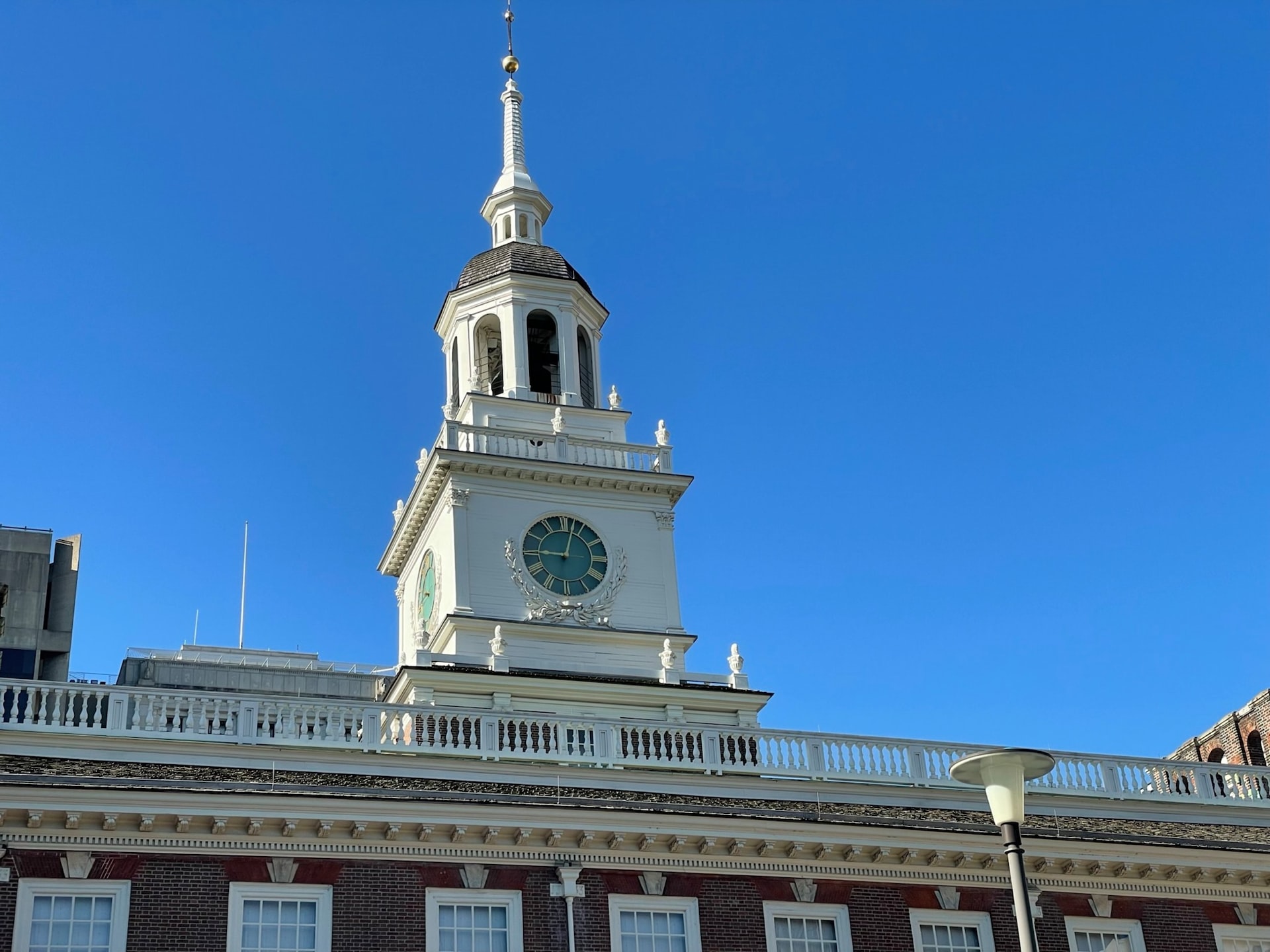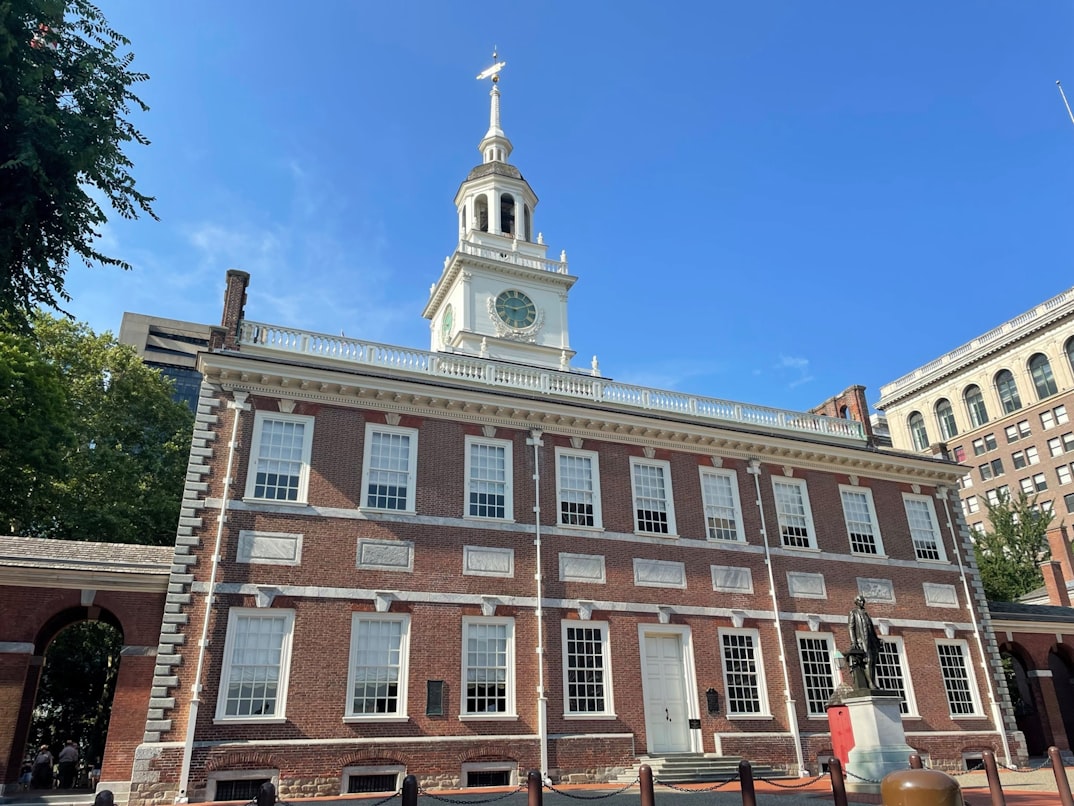Discovering the Cultural and Historical Significance of America’s UNESCO World Heritage Sites

The United States is home to a number of cultural and historical sites that have been recognized by the United Nations Educational, Scientific, and Cultural Organization (UNESCO) as World Heritage sites. These sites are chosen for their outstanding universal value and are considered to be some of the most important cultural and historical places on the planet.
From the birthplace of American independence at Independence Hall to the testament to Spanish colonialism at the San Antonio Missions, the U.S. is home to a wide variety of UNESCO sites that are worth exploring.
In this article, we’ll take a closer look at some of the top cultural and historical UNESCO World Heritage sites in the United States, highlighting the unique features and cultural significance of each one.
Independence Hall: The Birthplace of American Independence
Independence Hall is a historic building in Philadelphia, Pennsylvania that was the site of the signing of the Declaration of Independence in 1776. The building, which is now a museum, is a symbol of the country’s founding and is a popular tourist destination.
Visitors to Independence Hall can take guided tours of the building and learn more about the events that took place there during the American Revolution. The building is also surrounded by Independence National Historical Park, which is home to a number of other important historical sites, including the Liberty Bell.
The San Antonio Missions: A Testament to Spanish Colonialism
The San Antonio Missions are a group of Spanish colonial missions located in San Antonio, Texas. These missions were established in the 18th century and played a key role in the spread of Christianity in the region. Today, they are popular tourist destinations and are known for their stunning architecture.
The missions are a testament to the Spanish colonial period in the U.S. and provide a glimpse into the lives of the people who lived and worked there. Visitors can take guided tours of the missions and learn more about their history and cultural significance.
Taos Pueblo: A Living Museum of Native American Culture
Taos Pueblo is a Native American village located in New Mexico. It is home to the Taos Pueblo tribe, who have lived in the region for more than 1,000 years. The pueblo is a living museum and is a popular tourist destination.
Visitors to Taos Pueblo can take guided tours of the village and learn more about the culture and traditions of the Taos Pueblo people. The village is also home to a number of annual events, including traditional dances and festivals, which provide an opportunity to experience the rich cultural heritage of the Taos Pueblo tribe.
The Poverty Point State Monument: A Window into Ancient Civilization
The Poverty Point State Monument is an ancient earthwork complex located in Louisiana. It was built by the Poverty Point culture, which lived in the region more than 3,000 years ago. The site is a testament to the ingenuity and resourcefulness of these ancient people and is a unique cultural attraction.
Visitors to the Poverty Point State Monument can take guided tours of the site and learn more about the lives and culture of the Poverty Point people. The site is also home to a museum, which provides additional information about the history and significance of the complex.
The United States is home to a number of cultural and historical sites that have been recognized by UNESCO as World Heritage sites. From the birthplace of American independence at Independence Hall to the testament to Spanish colonialism at the San Antonio Missions, these sites offer a glimpse into the country’s rich history and cultural heritage. Whether you’re interested in exploring the country’s founding or learning more about the diverse cultures that have shaped the U.S., these UNESCO sites are worth a visit.






